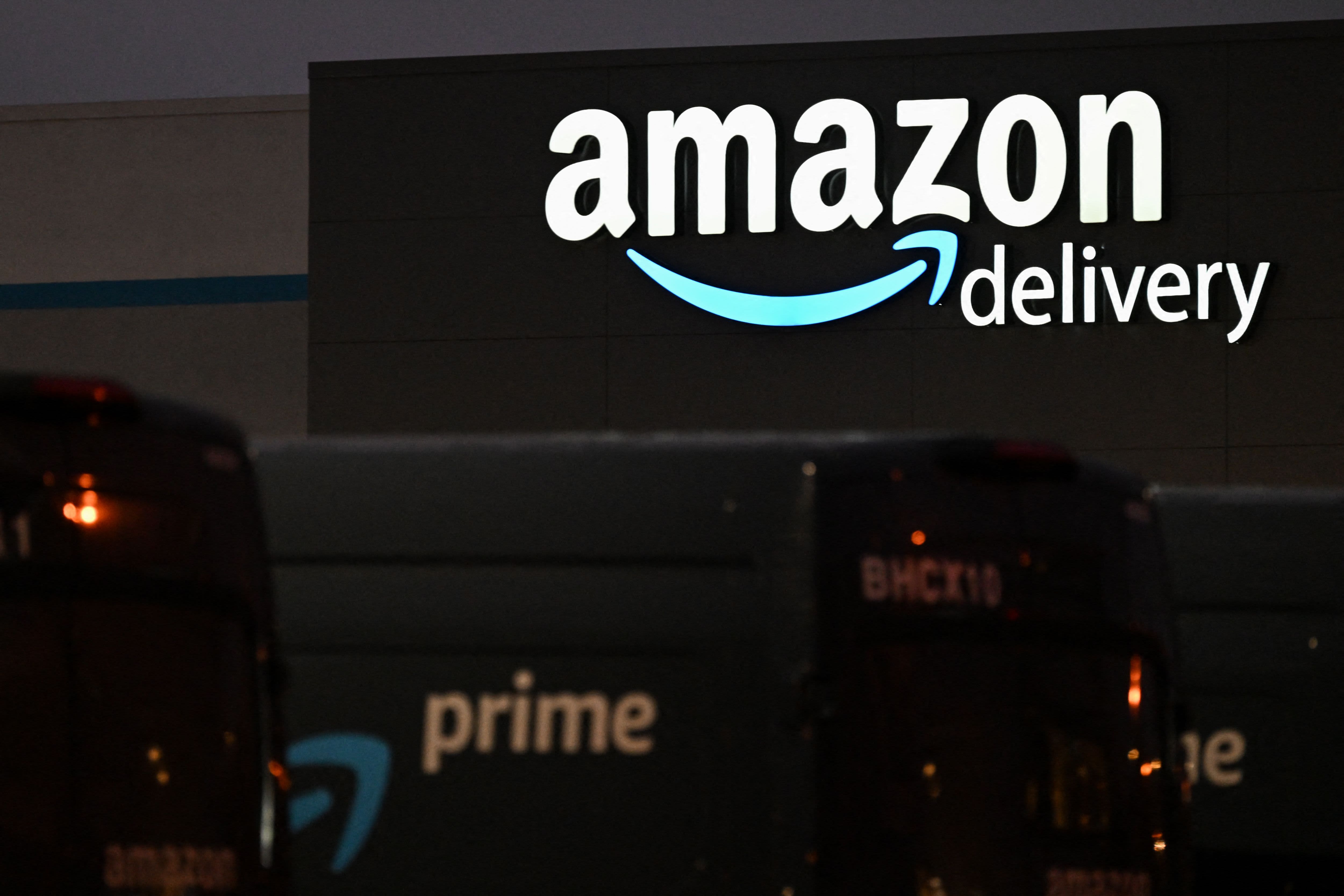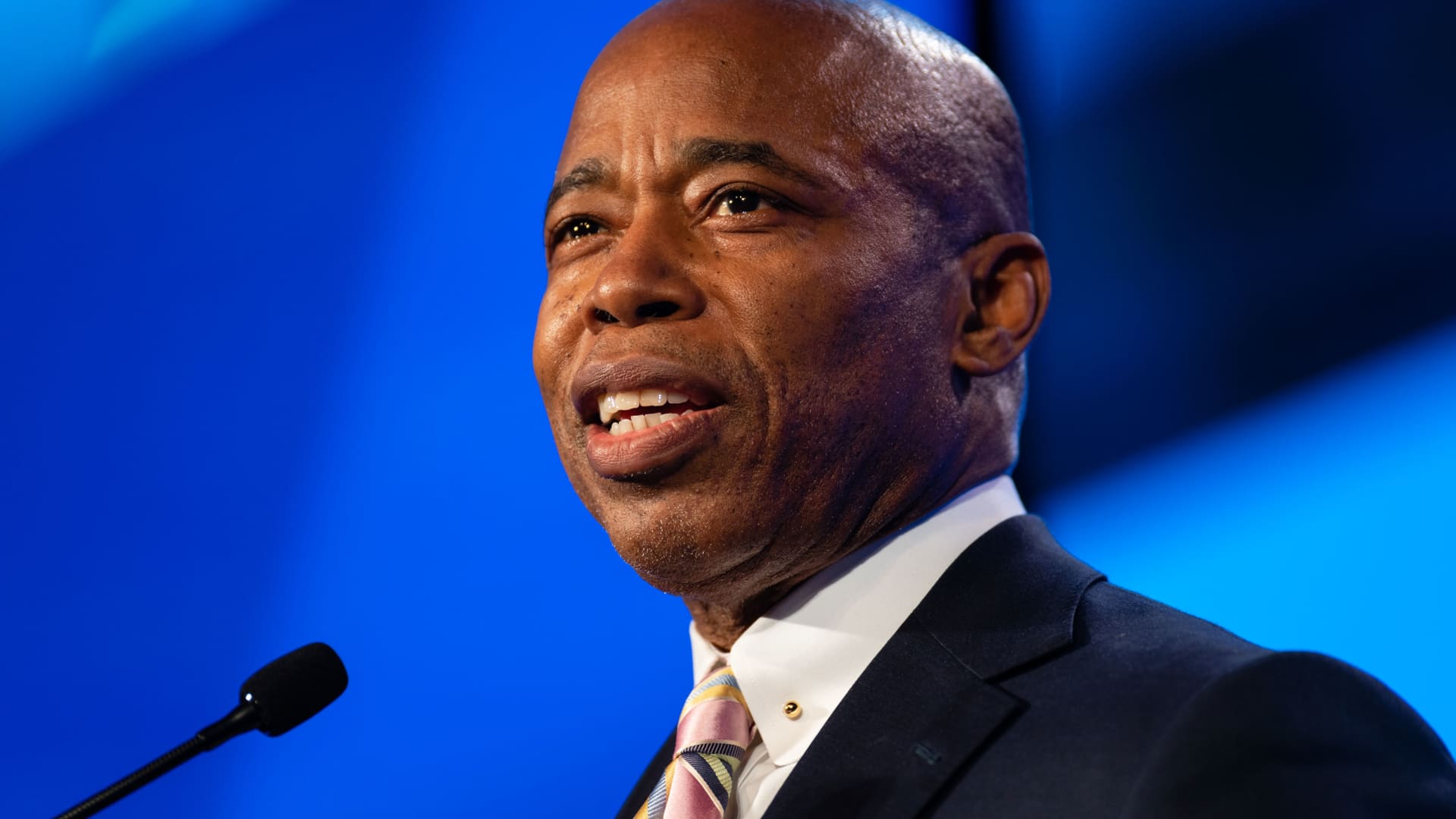Technology
Tuesday, December 12th, 2023 3:07 pm EDT
Key Points
- Departure of High-Profile Executive in Amazon’s Drone Unit: Sean Cassidy, the Director of Safety, Flight Operations, and Regulatory Affairs for Amazon’s drone delivery unit, Prime Air, has resigned. Cassidy, a former Alaska Airlines pilot and vice president of the world’s largest pilots union, played a key role as the company’s primary liaison with federal regulators. His departure, announced in an internal memo last week, marks the end of his nearly nine-year tenure at Amazon. Cassidy was responsible for overseeing strategic partnerships in the drone program and managing relations with the Federal Aviation Administration (FAA).
- Challenges Faced by Amazon’s Drone Delivery Program: Amazon’s ambitious drone delivery program, a pet project of founder Jeff Bezos, has encountered challenges and delays. Despite obtaining Part 135 certification from the FAA in August 2020, allowing the use of drones for package delivery with certain restrictions, the program faced setbacks, including regulatory hurdles and difficulties in meeting delivery goals. In January, Prime Air experienced layoffs as part of broader job cuts at Amazon. The unit also lost two key executives in August, impacting its operations. David Carbon, Amazon’s drone delivery head, set an internal target of 10,000 deliveries in 2023 between the program’s two test sites.
- Regulatory Progress and Recent Incidents: In late October, Amazon achieved a significant regulatory milestone when the FAA amended restrictions on its drone operations. The amendment allowed Amazon to fly drones over roadways and cars when necessary to complete a route. Sean Cassidy had previously written to the FAA in July, requesting permission for Amazon to fly drones out of sight of a visual observer, which was granted by the FAA on October 23. Despite these regulatory advancements, the drone program faced challenges, including a crash at the Pendleton, Oregon test site on November 10. The National Transportation Safety Board (NTSB) is conducting a class 4 investigation into the incident, considering it more limited in scope compared to other probes. This incident follows a separate emergency landing in June at the same site where a drone was destroyed, emphasizing the complexities and risks associated with testing drone systems.
Amazon has faced a setback in its drone delivery unit as Sean Cassidy, the director of safety, flight operations, and regulatory affairs for Prime Air, resigned. Cassidy, a former Alaska Airlines pilot and vice president of the world’s largest pilots union, played a crucial role as Amazon’s primary liaison with federal regulators. His departure was announced in an internal note last week, marking the end of his nearly nine-year journey with the company. While Amazon has not commented on Cassidy’s departure, it is a notable loss for the drone delivery program, particularly given his key role in managing relations with the Federal Aviation Administration (FAA).
Cassidy was instrumental in overseeing Amazon’s interactions with the FAA as the company sought to launch its ambitious drone delivery program, a vision championed by Amazon’s founder Jeff Bezos. Bezos had predicted a decade ago that a fleet of Amazon drones would be operational within five years, offering deliveries in 30 minutes or less. Despite obtaining Part 135 certification from the FAA in August 2020, allowing drone deliveries with certain restrictions, the program has faced challenges, including regulatory hurdles and difficulties in meeting delivery goals.
The drone delivery unit, Prime Air, encountered setbacks earlier in the year with layoffs in January as part of broader job cuts at Amazon. Additionally, the program experienced regulatory challenges, and in August, two key executives left the unit. David Carbon, head of Amazon’s drone delivery division, set an internal target of 10,000 deliveries in 2023 between the test sites in California and Texas.
Despite these challenges, Amazon announced in October that its drones had safely delivered hundreds of household items in College Station, Texas, since December 2022. The company also started medication delivery by drone in the same area. In late October, the FAA granted Amazon’s request to loosen restrictions on drone operations, allowing them to fly over roadways and cars when necessary. However, certain restrictions, such as flying over open-air assemblies of people and schools during operation times, remained in place.
Notably, Cassidy had written to the FAA in July, requesting permission for Amazon to fly drones out of sight of a visual observer, as the company had developed a “detect-and-avoid” system for its drones. The system aimed to navigate the drone around obstacles without the need for a human observer, a request that was granted by the FAA in October.
However, the drone unit has not been without incidents. The National Transportation Safety Board (NTSB) is investigating a crash at Amazon’s drone test site in Pendleton, Oregon, on November 10. While the drone sustained substantial damage, no injuries or fires were reported. This comes after a separate incident in June at the same site, where a drone made an emergency landing and was destroyed.
Cassidy’s departure raises questions about the future of Amazon’s drone delivery ambitions and the challenges the company faces in navigating regulatory landscapes and ensuring the safety and efficiency of its drone operations.
For the full original article on CNBC, please click here: https://www.cnbc.com/2023/12/11/amazon-drone-delivery-executive-who-oversaw-faa-relations-departs.html




